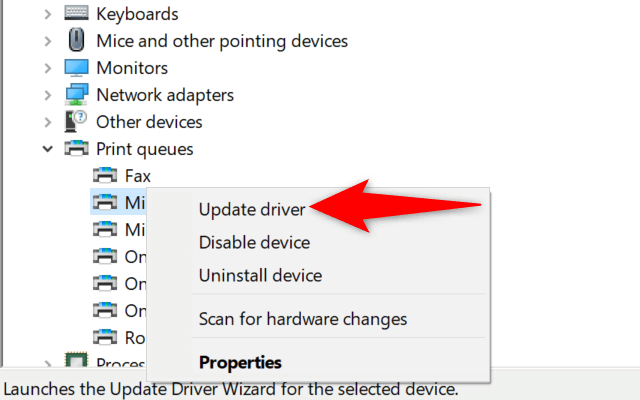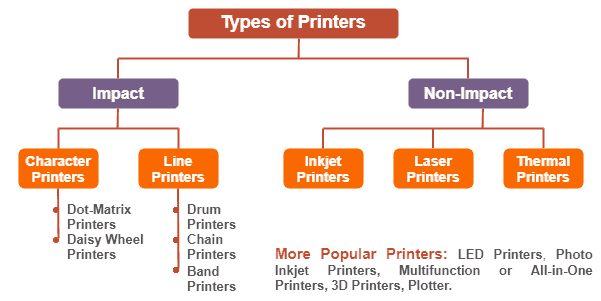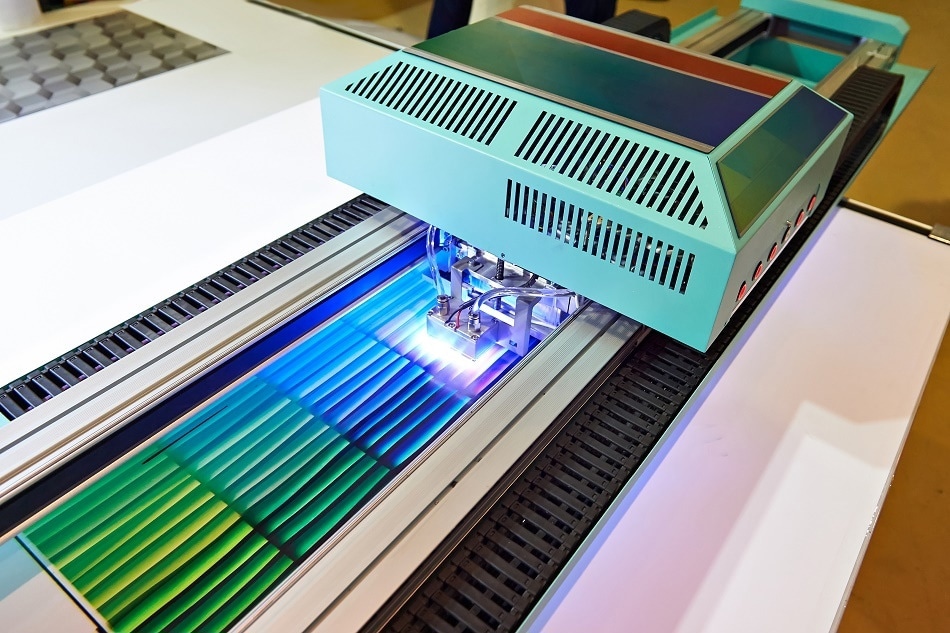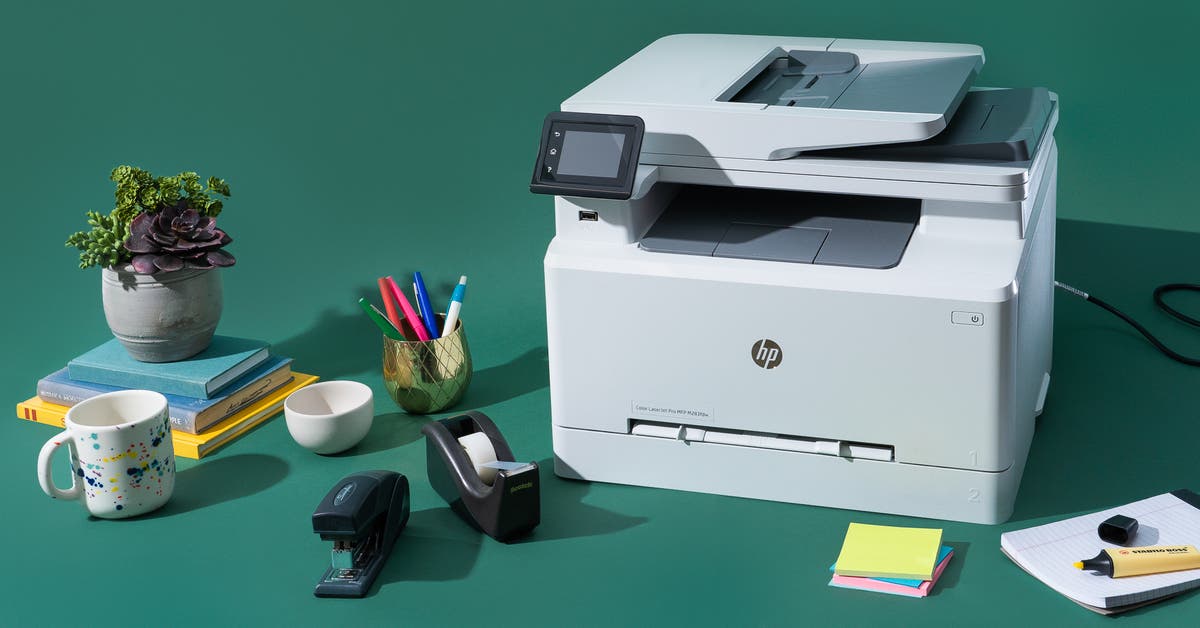Exploring Baby Clothing Sizes: Unraveling the Enigma of Size 1t
Introduction
Shopping for baby clothes isn't only about picking out cute outfits. One of the most overlooked, yet essential aspects, is understanding baby clothing sizes. Among the plethora of sizes is the mysterious '1T'. So, what is '1T' in baby clothes? In this guide, we'll demystify this conundrum, compare it with other sizes, discuss when to make a transition, and everything in-between.
What Is The Significance Of '1T' In Baby Clothes?
Parents often look puzzled when they come across the '1T' sign on baby clothing labels. So what does this elusive size mean? '1T', in the world of baby fashion, indicates 'One Toddler'. It's a label assigned to clothing choices made specifically for children aged 1-2 years.
This tag should not be confused with sizing intended for infants, which uses a month-based scale instead. The introduction of '1T' is a clear signifier that your baby's clothing transitions from infant sizes to toddler sizes.
Why does this transition matter, you wonder? Here's how:
- The '1T' size takes into account a child's ability to stand and walk, which makes a considerable difference in how the clothes are designed.
- '1T' is essentially meant for toddlers who are far more active than infants, demanding more room in their clothing for movement.
- Also, '1T' is more generous in terms of fitting, catering to the fast-growing nature of toddlers.
In short, the 'size 1T' is a development milestone mirroring that of your little one's.
How Does Size '1T' Differentiate from '12 Months' In Baby Clothes?
Though '1T' and '12 months' are clothing sizes targeted similarly for 1 to 2-year-old children, there exist distinctive characteristics in their makeup. These differences fundamentally address the varying growth stages and subsequent mobility of babies transitioning from crawling to walking.
• Designed For Different Mobility Stages: '12 Months' outfits are primarily created for babies within the crawling stage, thus they are typically shorter in length and narrower. On the other hand, '1T' clothes cater to toddlers who have taken their first stride and are more mobile. As such, these clothes are wider and longer to aid the newfound freedom of movement.
• Focus on Adjustability: '1T' clothing often comes with built-in adjustable features like expandable waistbands and adaptable straps. These attributes are absent in '12 months' clothing but are necessary in '1T' clothes to accommodate the evolving growth and activity levels of toddlers.
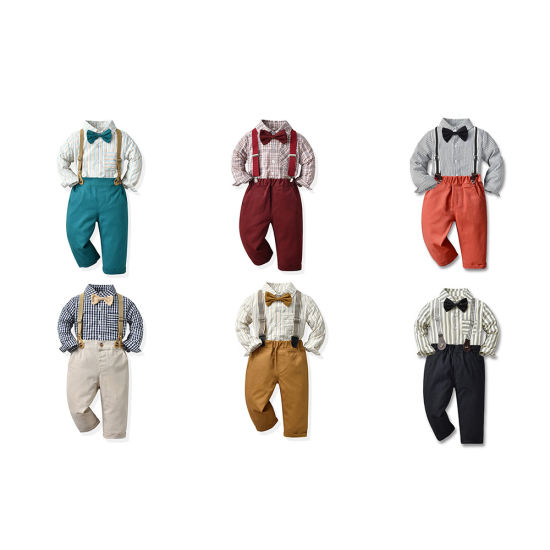
• Design and Material Considerations: Clothing designs for '1T' also emphasize utility and durability, given toddlers’ energy levels and their appetite for exploration. This makes '1T' clothes more robust in terms of wear and tear compared to '12 month' baby clothes.
In summary, while '12 months' baby clothes focus on form-fitting design to accommodate crawling movement, '1T' leans towards practicality and adjustability factors, aligning with toddlers' daily activities.
When Should Your Baby Transition to Size 1T?
A noteworthy question that niggles most parents is when to transition their little one to ‘1T’ clothing size. Like many things in life, it’s never cut-and-dry – the transition doesn't rely strictly on the age criterion. Varying factors contribute to this progression.
Here are some aspects you should consider:
- Growth Rate: Observe your child’s growth. If current clothes are becoming a tighter fit, it might be a sign to shift.
- Milestones Reached: Also, take note of your child's mobility milestones. If your baby is standing and walking frequently, a transition to '1T' is appropriate.
- Comfort: Comfort should be your foremost concern. Ensure your child isn't uncomfortable or restricted in their current size. This confirms the need for a transition.
- Interim Clothing: Also, not every child transitions directly from '12M' size to '1T'. Your child might temporarily fit into an '18M' size before proceeding to '1T'.
- Subjectivity: Lastly, remember every child is unique. Thus their transition periods vary. Some might need '1T' clothing earlier or later than their peers.
In conclusion, the prime focus should always be the child’s comfort. Their behavior and inclination toward the clothes they wear will guide you best in orchestrating this switch.
How Does The Size '1T' Compare Globally?
As a parent shopping for your toddler, one thing to remember is baby clothing sizes, including '1T', may vary significantly worldwide. However, these variations do not deviate greatly from the age and measurements universally considered for '1T'. Here's a simple comparison of how size '1T' matches up in different countries:
- United States: Toddlers are generally dressed in size '1T' clothing in the U.S. It is designed for children aged between one and two years and offers more space for comfort and mobility.
- United Kingdom: Similar to the '1T' in the U.S., size '12' in the UK is intended for toddlers of the same age bracket. The apparel's design and fit are primarily the same, focusing on the child's comfort and ease of movement.
- Japan and China: The size '1T' in these countries translates to '80'. Again, the focus here is on producing clothes that are comfortable, breathable and offer ease of movement for growing toddlers.
- Australia: Down under, size '1' is the equivalent of the U.S. '1T'. These clothes are also similarly designed, considering the average sizes and growth milestones of toddlers in that age bracket.
While this guide provides a good starting point, it's also wise to refer to each brand's sizing chart to get a more precise fit. This cross-verification can help you better understand international sizing differences and ensure you're buying the best fitting clothes for your toddler.
What Key Considerations Should Be Taken When Buying '1T' Clothes?
Purchasing clothes for your growing toddler involves more than simply choosing whimsical designs or matching sets. It's crucial to consider various factors that can influence your child's comfort and mobility. Here are the key considerations when buying '1T' clothes:
1. Comfort and Material: Select clothes made from soft, breathable fabrics such as cotton or bamboo. These materials are gentle on your toddler's skin and help prevent rashes and irritations. Also, ensure that the clothes fit comfortably to facilitate unhindered movement.
2. Functional Design: Look for clothes with easy-open features, such as snaps or zippers, that allow for quick and hassle-free diaper changes.
3. Durability and Maintenance: Toddlers are notoriously good at making messes. Opt for clothes made from durable, easy-to-wash materials that can withstand the rigors of toddler life.
4. Adjustable Features: As your child grows, their clothing needs to grow with them. Adjustable waistbands and straps give clothes a longer usable life and ensure a better fit as your child grows.
5. Safety: Avoid clothes with small embellishments like buttons or beads, which can pose a choking hazard. Also, steer clear of clothes with long ties or cords that can cause accidents.
6. Weather Appropriateness: Consider your local climate and the current season when shopping. Layering options are excellent for fluctuating temperatures and can be adapted as needed.
7. Proper Fit: While it might be tempting to buy larger clothes for your toddler to grow into, clothes that fit well now are the best choice. Oversized clothes can be cumbersome and restrict your little one's movement.
In essence, the key to shopping for '1T' clothes is balancing practicality, comfort, and safety with aesthetic appeal. Each of these considerations plays a significant role in providing the best clothing experience for your toddler. Remember, keeping your bundle of joy comfortable and safe should always be your top priority.
Conclusion
Understanding baby clothing sizes, especially the transition from '12 months' to '1T', can be a game-changer in your baby-clothing shopping experience. Prioritize comfort and practicality over design and brand, and you'll bag outfits that will keep your little one comfortable and stylish. No matter the size or label, your baby's comfort should always be the priority.
Related FAQs about what is 1t in baby clothes
Are baby clothes sized in the same way globally?
Baby clothes sizes vary across countries and brands. A universal size like '1T' exists but can translate to '80' in Japan and China, '12' in the UK, and '1' in Australia. It's essential to check the respective brand's size chart when shopping for baby clothes globally.
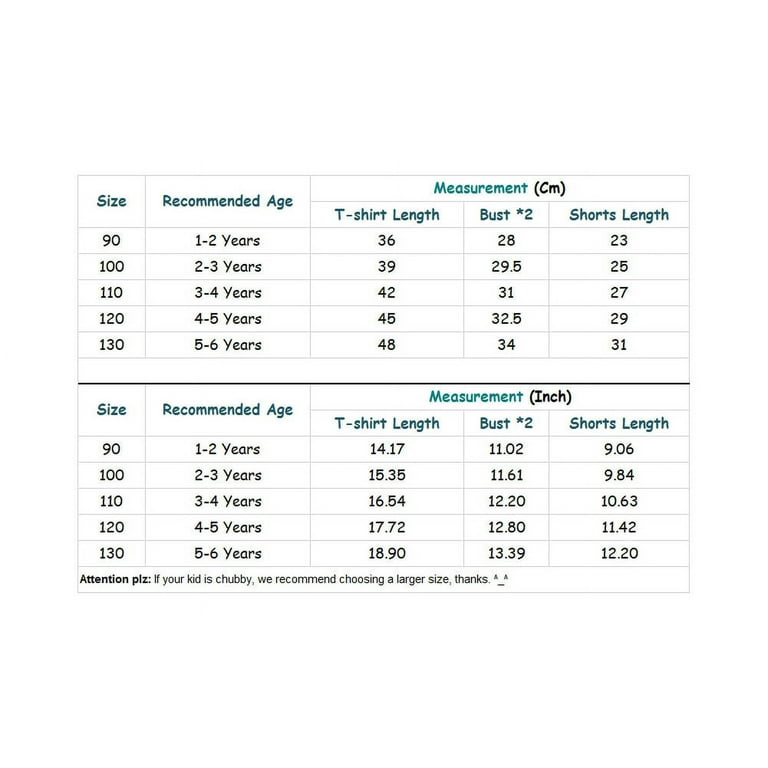
How do I know when my baby is ready to transition to the 1T size?
Transitioning to '1T' largely depends on your child’s growth rate, mobility milestones, and comfort. If your baby’s current clothes are becoming tight or they've started standing and walking, it might be time to transition. But remember, every child is unique, and these transitions may vary.
Can clothes labelled '12 Months' and '1T' fit my child at the same time?
Yes, some overlap between '12 Months' and '1T' sizes may occur as these are developmental sizes. However, '1T' clothes are often roomier, while '12 Months' size is tighter due to design for crawling infants. If your child is transitioning between these stages, both sizes might simultaneously fit.



